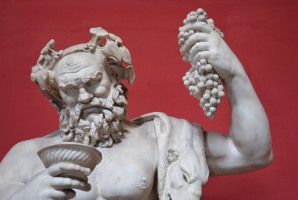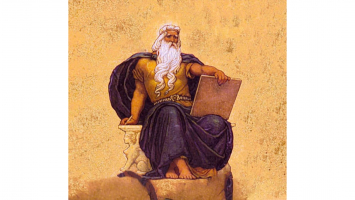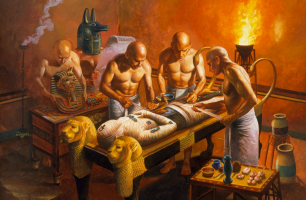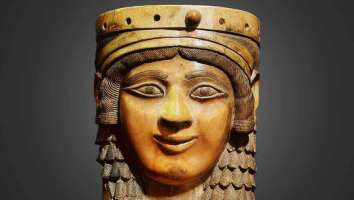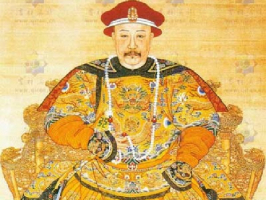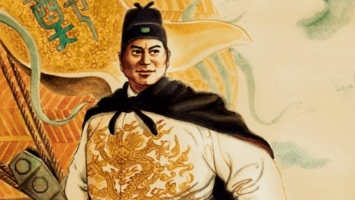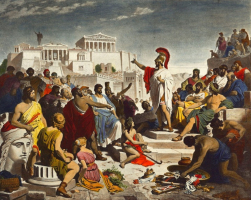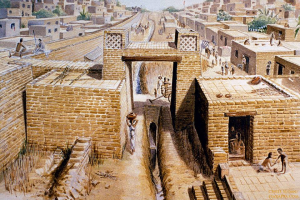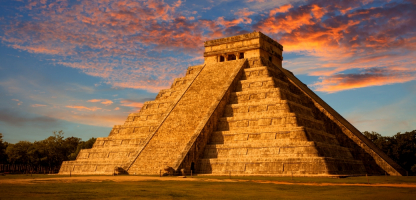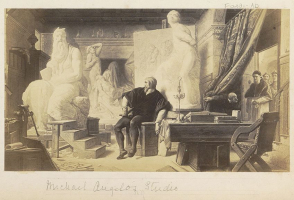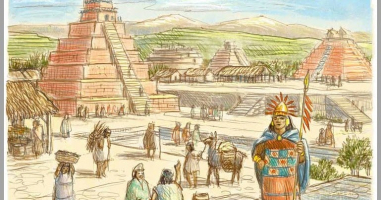Top 10 Interesting Facts On The Greek Goddess of Love - Aphrodite
One of the most well-known figures in Greek mythology is Aphrodite. She was the goddess of love and fertility, and she even presided over marriages on ... read more...occasion. At the same time, she was revered as a goddess of the sea and sailing, as well as a goddess of battle in other areas, such as Sparta, Thebes, and Cyprus. Some of the most interesting facts on the Greek goddess of love are presented in this article.
-
One of the most interesting facts about the Greek Goddess of Love is that Aphrodite was considered as the patron Goddess of prostitutes. The Aphrodite at Acrocorinth was one of the most well-known sanctuaries devoted to the goddess of love, and it was established in the early fifth century in the ancient city of Corinth. It was also reported that it drew a great number of men and slaves who were devotees of Aphrodite and came to seek the temple's services. Prostitution was prevalent in ancient Greece, particularly in port cities. The ancient city of Corinth, one of the most important headquarters of the Aphrodite religion, was known throughout the ancient world for its numerous hetairai (expensive, well-educated hired companions).
On the Acrocorinth, the city also featured a large temple devoted to the Goddess. Strabo (63 BCE–24 CE) wrote about the city. "The Temple of Aphrodite was so affluent that it had a thousand temple-slaves, courtesans, whom both men and women had consecrated to the goddess," wrote the Greek geographer, philosopher, and historian Strabo (63 BCE–24 CE). Aphrodite is also mentioned in connection with prostitution in the Greek islands of Cyprus, Cythera, and Sicily. Over the years, several successful courtesans' dedications to Aphrodite have survived.
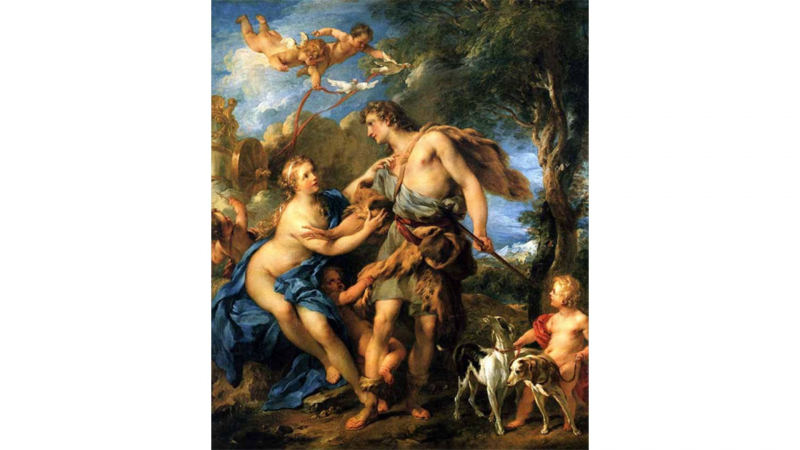
Source: The Honest Courtesan 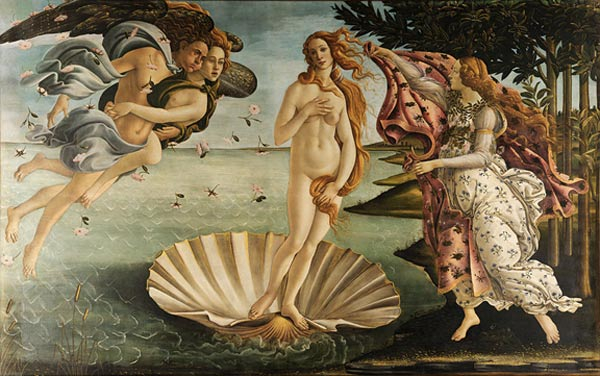
Source: Twitter -
Aphrodite has long piqued the curiosity of painters and authors as the most beautiful of the Gods, as well as the Goddess of "love, beauty, and sexual desire." The mythical marble figure of Aphrodite of Knidos, sculpted in 364/361 BCE by the Athenian sculptor Praxiteles, is the most well-known of her portrayals. It was later praised by Pliny the Elder (23/24 CE – 79 CE) as the best sculpture ever created. Although just a piece of the image has remained, literary descriptions and subsequent coin types have allowed for the identification of countless replicas. The statue depicted a naked Aphrodite modestly concealing her genital region while reclining against a water jug, which she supported with her robe wrapped over it.
Another mythical Aphrodite painting is credited to Apelles of Kos, a Greek painter who flourished during the reign of Praxiteles. He created the Aphrodite Anadyomene panel painting (Aphrodite Rising from the Sea). Alexander's mistress, Pankaspe, is said to have posed for the artist. Aphrodite/Venus statues abound during the Hellenistic and Roman periods, many of them influenced by Praxiteles' Aphrodite of Knidos. Crouching Venus and Aphrodite Kallipygos are two more well-known sculptures (Aphrodite of the Beautiful Buttocks). Renaissance artists adored Aphrodite as well. Primavera, a painting by Sandro Botticelli, is "one of the most written about, and most disputed artworks in the world."
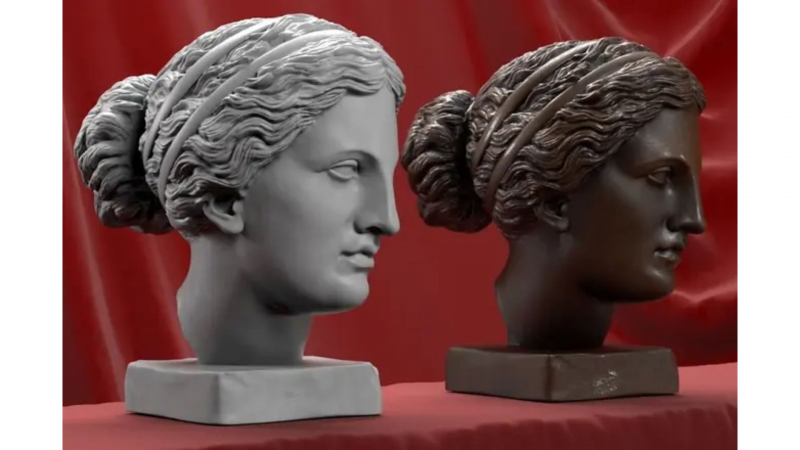
Source: amikamoda.ru 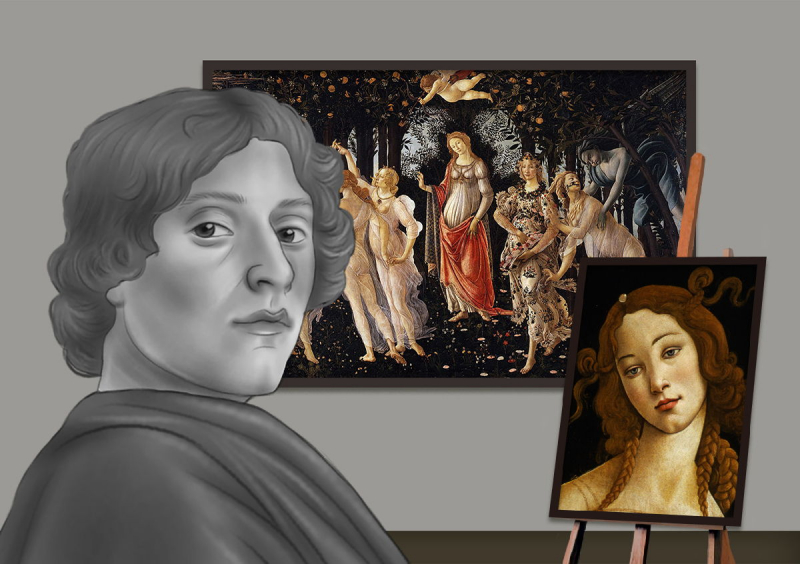
Source: The Art Story -
The Erotes (Loves) are a group of young and attractive winged Gods who are frequently shown as members of Aphrodite's entourage. Eros, Himeros, and Pothos are the most prominent among them. Hesiod depicts a pair of goldings, Eros (Love) and Himeros (Desire), who were present at Aphrodite's birth, but later writers added a third, Pothos (Passion), to form a trio of goldings.
Eros is the Greek god of love and sexual gratification. Eros was one of the four initial primal powers formed at the beginning of time, according to Hesiod's Theogony. In later tales, he is said to be Aphrodite's son, either born with her when she rose from the water or as her son by the God Ares. Himeros is the God of Desire, and according to Hesiod, he was present at Aphrodite's birth. He is now also thought to be Aphrodite's son. Pothos is the God of Sexual Longing and the third of the great love-gods that follow Aphrodite. He is another son of Aphrodite or, alternatively, of Eros.
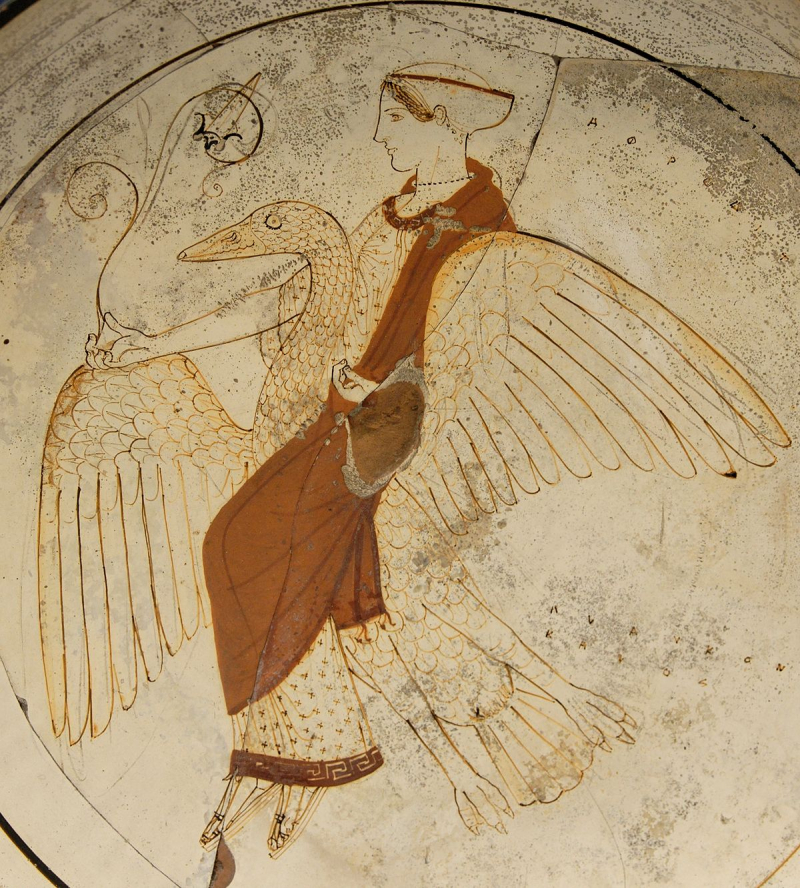
Source: Wikipedia Commons 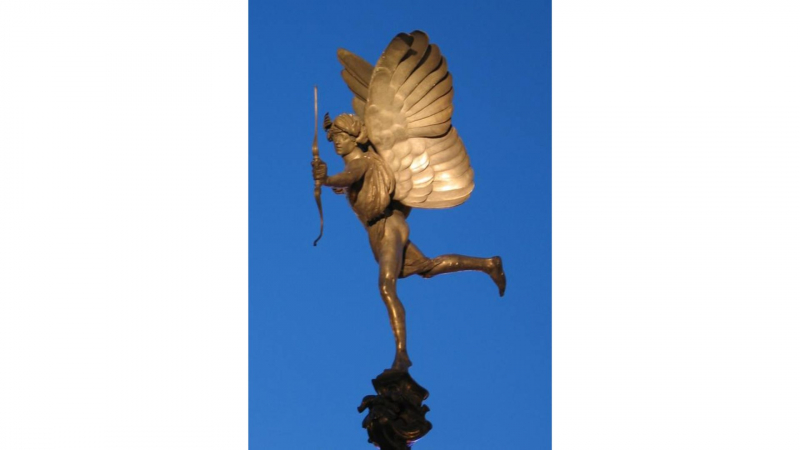
Source: Wikipedia -
Another of the interesting facts on the Greek Goddess of Love is that she was also worshiped in her male form, Aphroditus. Aphroditus was a masculine deity who may have arisen in Amathus, a city on the island of Cyprus. The statue of Aphrodite in Cyprus, according to Macrobius (a fifth-century Roman provincial), is bearded and has male genitals, but is dressed in feminine garb and holds a scepter. This god was the masculine counterpart to Aphrodite, and he was reported to be worshiped in Athens. Aphroditus is also the name of the later God Hermaphroditos, which means "Aphroditus in the guise of a Herm." Hermaphroditos is the son of Hermes and Aphrodite in Greek mythology.
A late fourth century BCE clay mold piece for a terracotta figure recovered in the Athenian agora is one of the oldest known depictions of the God. This statuette, which stood around 30 cm tall, depicted a woman lowering her garment to show male genitals. This motion was thought to bring good fortune and protect the audience from harmful forces.
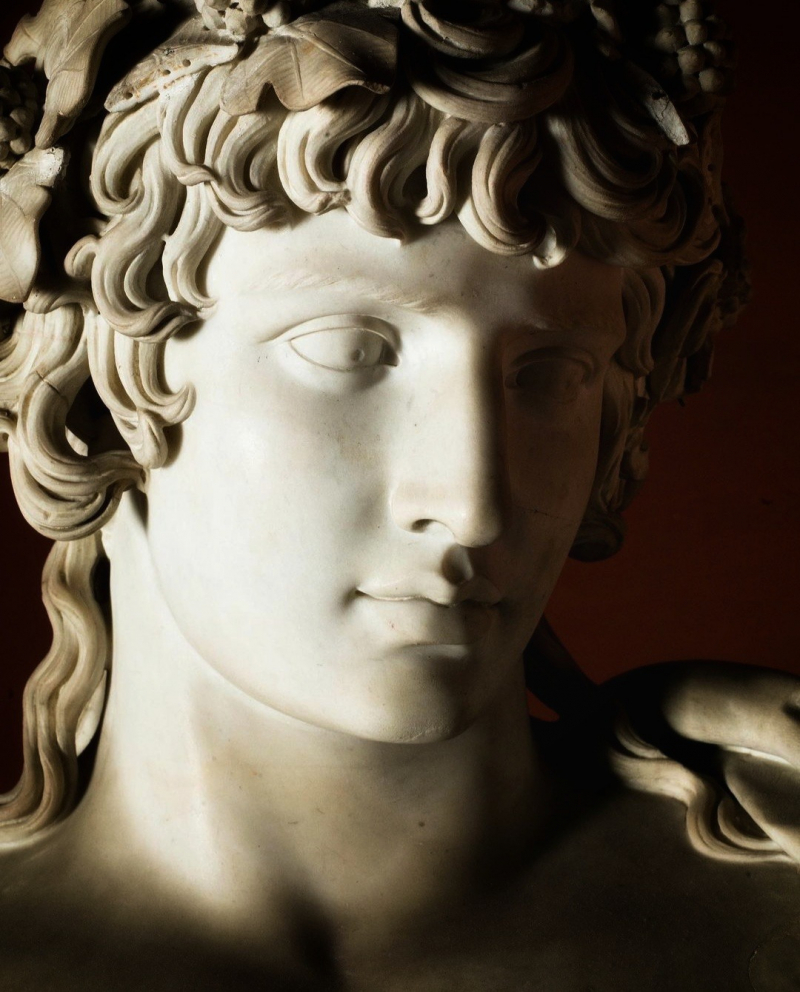
Source: salomi.tumblr 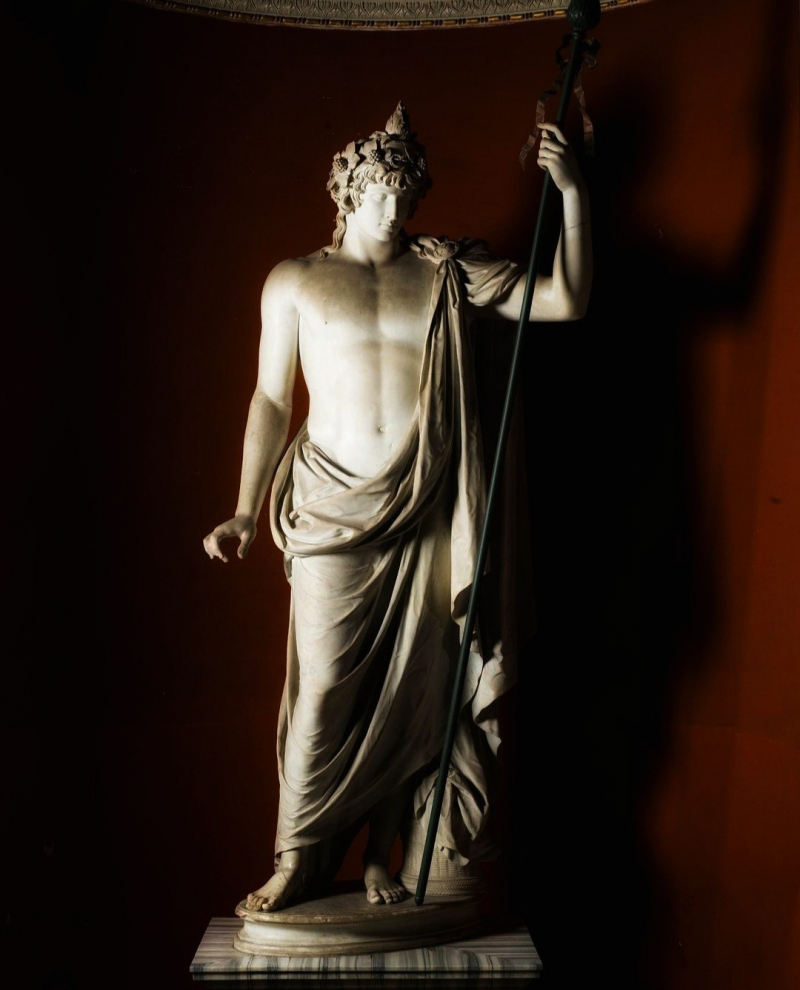
Source: salomi.tumblr -
The Aphrodisia festival was held yearly in ancient Greece in honor of Aphrodite. Athena and Pietho (Goddesses of Persuasion) were adored in this festival with Aphrodite Pandemos (of the people) for their contributions to the unity of Attica. Because the fourth day of each month was sacred to the Goddess, the celebration was most likely held at the start of each Attic year on the fourth day of the month of Hekatombaion. Aphrodisia was celebrated in a number of Greek towns, although it was most prominent in Attica and Cyprus.
An inscription dating from 287–86 BCE can be used to understand the festival's ceremonies. The sanctuary was cleansed with a dove's blood, and the cult icons were carried in procession to the location where they were washed. "The worship of Vulgar Aphrodite and of Persuasion was created by Theseus when he assembled the Athenians from townships into a single city," said Pausanias, a Greek explorer and geographer who lived in the second century CE. The old pictures were long gone by my time, yet the images that remained were not created by a simple artist. "
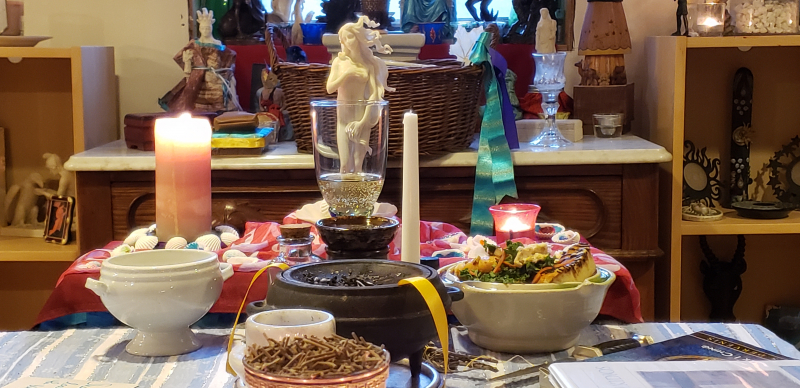
Source: temenosoikidios.wordpress 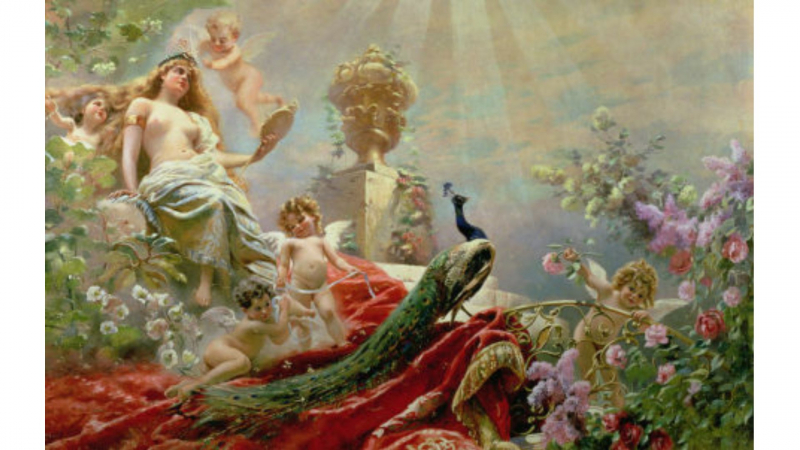
Source: shirleytwofeathers -
According to legend, Aphrodite fell in love with Anchises and had a son named Aeneas with him. Aeneas was one of Troy's fiercest fighters, helping many civilians flee the Greeks after the city fell. After that, Aeneas went far and wide until he arrived at the site where Rome was established. He was the ancestor of the two founders of Rome, Remus and Romulus.
Aphrodite's religion in ancient Greece appears to have been influenced (at least in part) by more ancient Near Eastern deities such as Sumer and the Akkadians. The goddesses Inanna (Sumerian) and Itar (Akkadian) were significant deities in the Mesopotamian pantheon, and their devotion lasted for millennia before the arrival of the Ancient Greeks. These gods would subsequently inspire the religion of the Goddess Astarte in Phoenicia, who was worshiped from the Bronze Age until classical antiquity. These ancient gods were linked to battle, justice, and political authority, in addition to love, beauty, and sex. In the ether, they were usually identified with Venus, the morning and evening star.
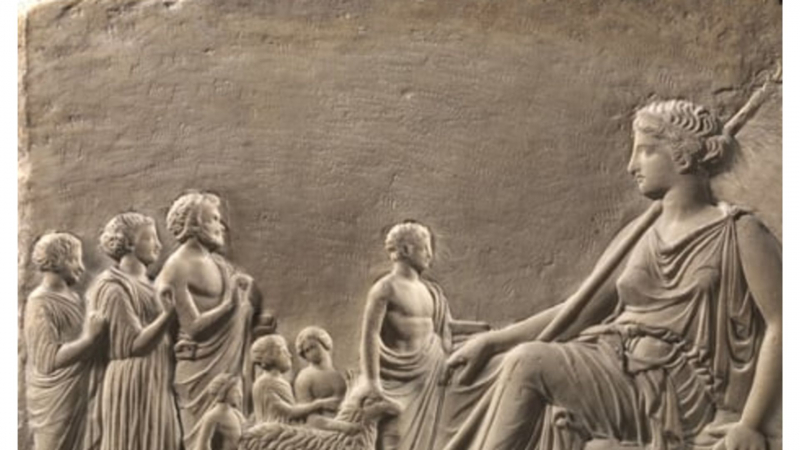
Source: brewminate 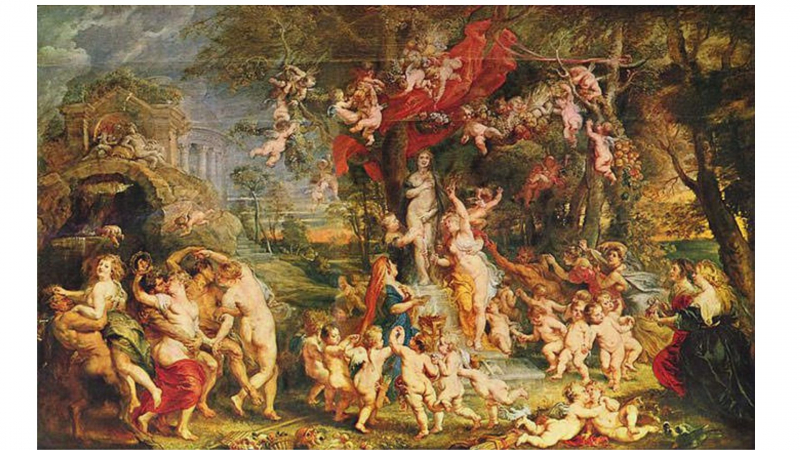
Source: learnodo-newtonic -
The seventh interesting fact on the Greek Goddess of Love is that she was identified with the ancient Egyptian Goddess Hathor and Isis. With Alexander's conquest in 332 BCE, the Persian Empire's authority in Egypt came to an end. The city of Alexandria was founded in 331 BCE as a result of this. The Ptolemaic Kingdom was established in 305 BCE after Alexander's death in 323 BCE. The Ptolemaic era refers to the An Ancient Greek state centered in Egypt during the Hellenistic Period, often known as the Lagid monarchy.
Several examples of Greeks expressing adoration for Egyptian gods in their most conventional forms may be found throughout this time period. The Greeks also linked Aphrodite to the ancient Egyptian gods Hathor and Isis. This is not commonplace in a polytheistic society when no religion claims to have a higher level of "truth" than the others. Aphrodite, the Lagid queens' patron deity, was widely worshiped in Alexandria, with various temples around the city. The Lagid Queen Arsinoe II was even recognized as Aphrodite's earthly manifestation, and she brought the Adonis religion to Alexandria.
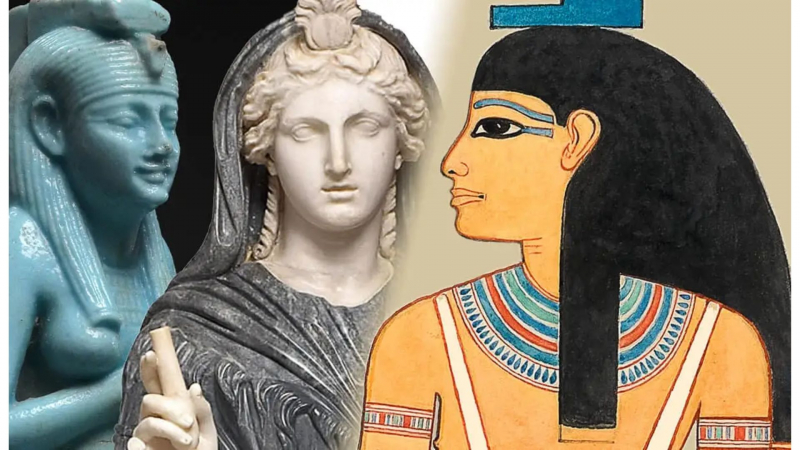
Source: TheCollector 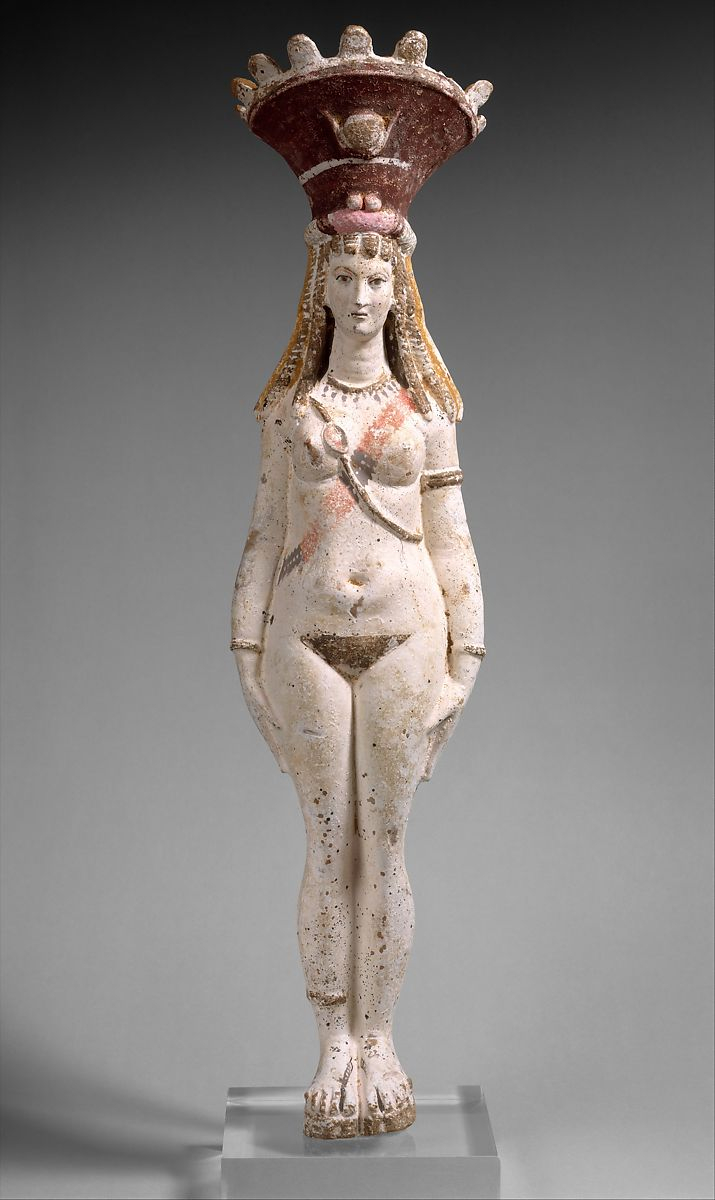
Source: metmuseum.org -
The eighth interesting fact on the Greek Goddess of Love is that two Aphrodites were worshiped in ancient Greece. Aphrodite is known by several epithets, including Aphrodite Urania and Aphrodite Pandemos. According to Plato's Symposium, there are two Aphrodites. Aphrodite's elder sister, Urania, is the only one without a mother. She is the daughter of Uranus, who rose from the sea foam, and she is known as the "heavenly Goddess."
On the other hand, Aphrodite Pandemos is the daughter of Zeus and Dione, and she is "common to all the people." In Xenophon's Symposium, the same distinction is made, but the author is unsure whether there are two goddesses or whether Urania and Pandemos are two names for the same goddess. It's worth noting that in ancient Greece, the two Aphrodites were treated equally. Perhaps, throughout time, the works of philosophers and moralists helped to distinguish between "celestial" body and soul love and simply physical desire. Persephone was assigned by Aphrodite to nurture and care for a mortal man named Adonis after he was born. Both Aphrodite and Persephone sought to possess him as he reached puberty, resulting in a major dispute. According to Zeus, Adonis would spend half of each year with the ladies, so that they could share him.
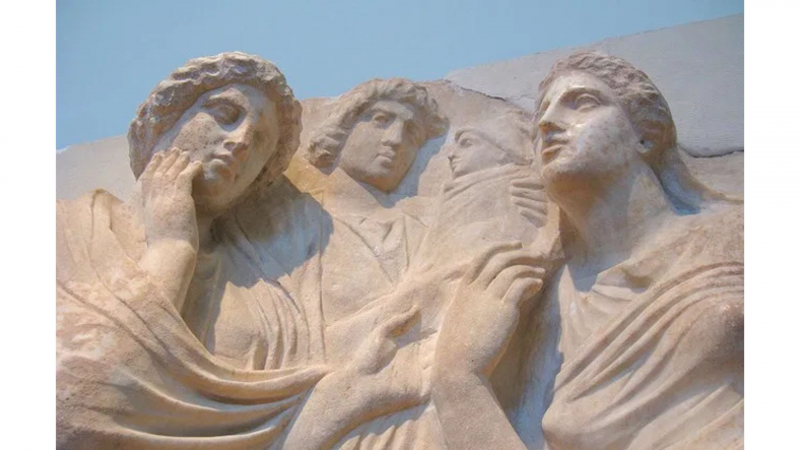
Source: YES! Magazine 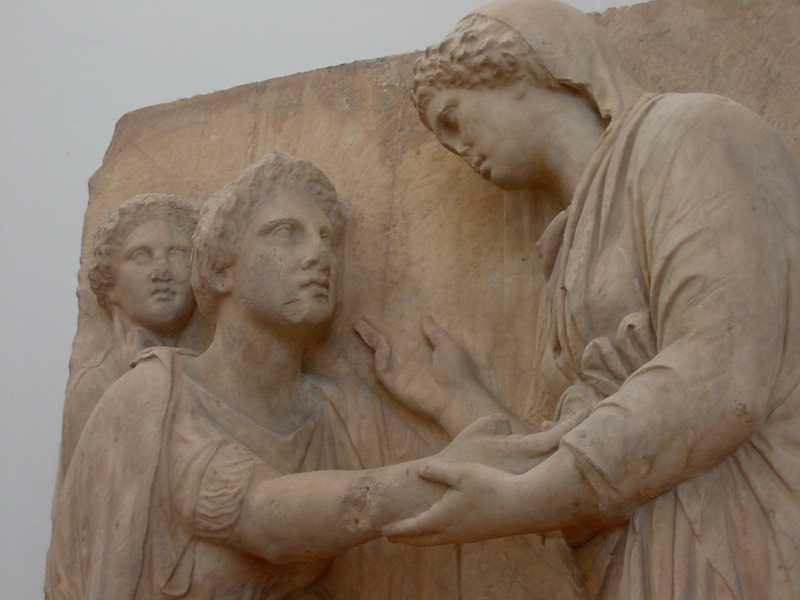
Source: Pinterest -
The Greek gods and goddesses had a huge effect on the creation of Roman deities and mythology. Because of Rome's physical location, its residents had regular interaction with Greeks who had expanded their territory into the Italian peninsula and Sicily.
With the emergence of Roman civilization, Aphrodite was reborn as the Roman Goddess Venus. Aphrodite and Venus were formally identified in the third century BCE, according to Roman historian Titus Livius (59 BC–AD 17), and the Romans embraced Aphrodite's iconography and mythology after that. In Greek mythology, Aphrodite was the mother of the Trojan hero Aeneas. The Romans credited Aeneas as Rome's creator. As a result, Aphrodite/Venus was revered as Venus Genetrix, the Mother of the Roman Country. She became more maternal, militaristic, and preoccupied with administrative bureaucracy in her new post.
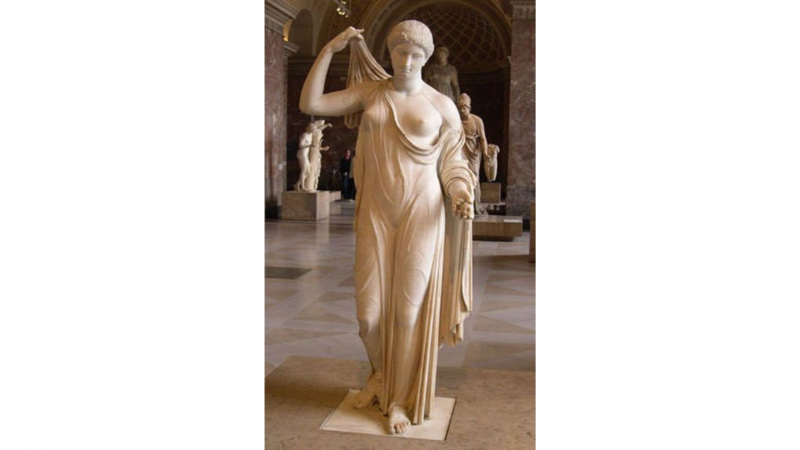
Source: learnodo-newtonic 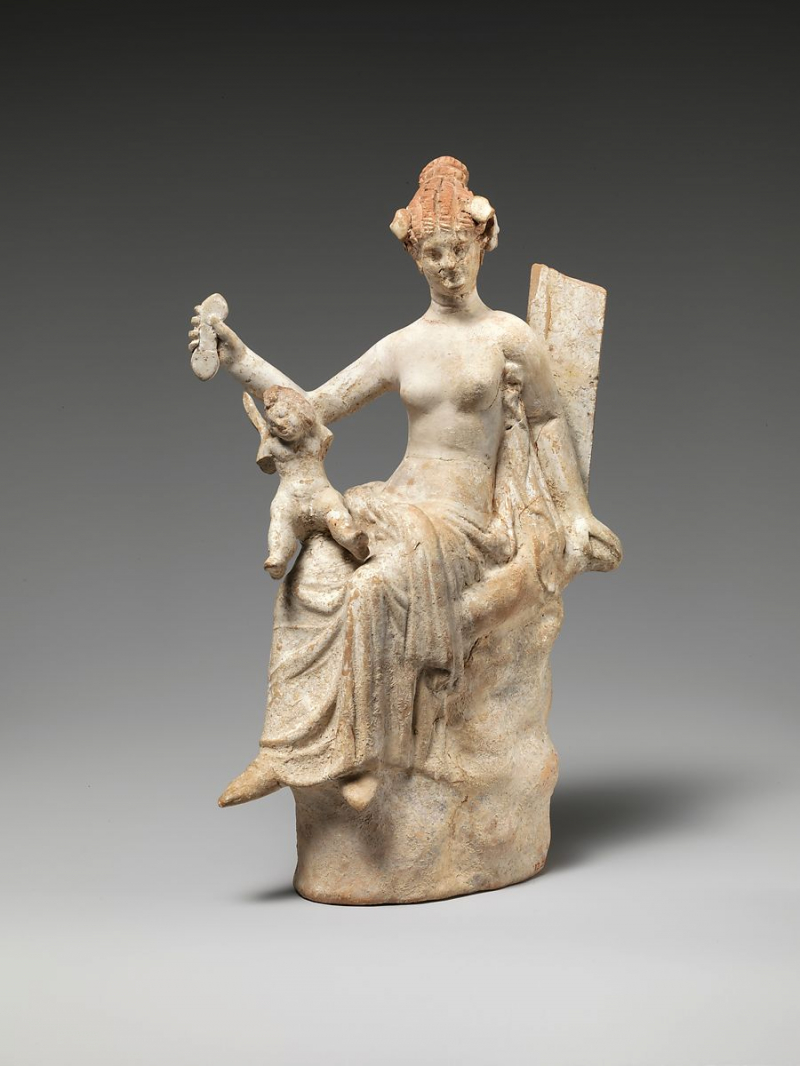
Source: metmuseum.org -
Aphrodite, like her Near Eastern forerunners Inanna-Ishtar, is most often identified with the avian emblem of the dove. Peristerá, the ancient Greek word for "dove," may have been derived from the Semitic term pera Ishtar, which means "bird of Ishtar." Her sanctuary was cleaned with the blood of a dove during the Aphrodisia festival, and the temple of Aphrodite Pandemos on the Athenian Acropolis was embellished with relief sculptures of doves with knotted filets in their beaks. Goose, swans, and sparrows are some bird emblems linked with the Goddess. In Sappho's "Ode to Aphrodite," she rides a chariot drawn by sparrows.
Aphrodite is connected with the rose (which was stained crimson when she cut her foot on its thorns while dashing toward her dying lover, Adonis), the anemone (which was stained by Adonis' blood), and myrtle, among other flowers. The apple (golden apple from the Paris Judgement) and pomegranate (whose seeds she initially showed on the island of Kypros) are two fruits that are frequently linked with her. Aphrodite is linked to seashells, pearls, and dolphins since she was born in the sea.
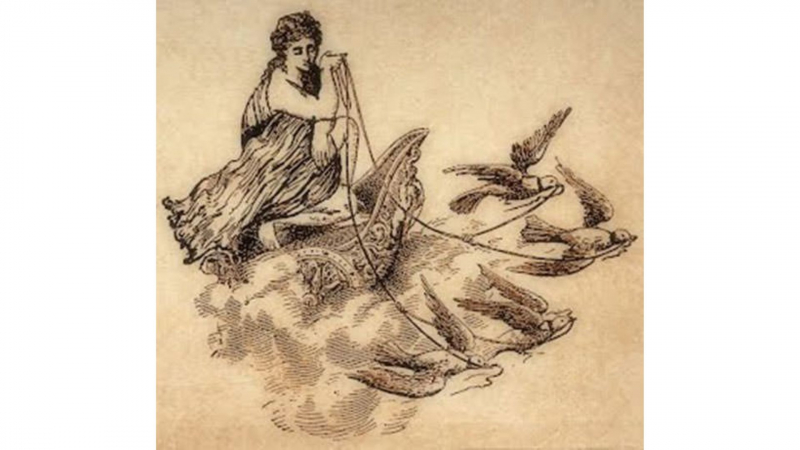
Source: learnodo-newtonic 
Source: greekgoddesses.fandom












